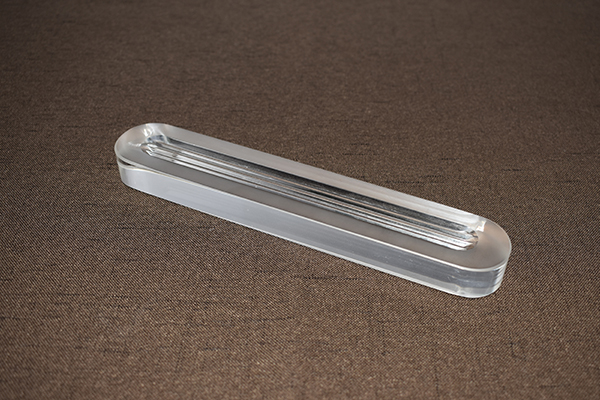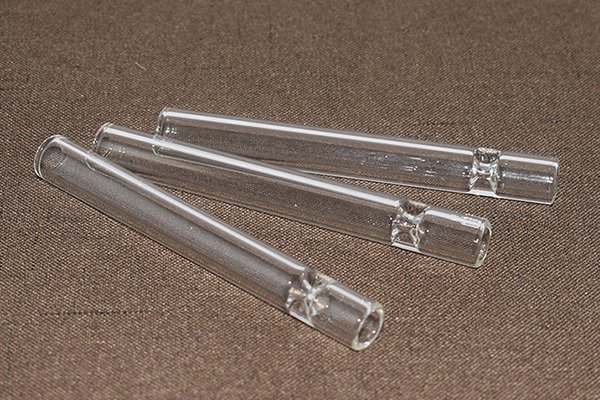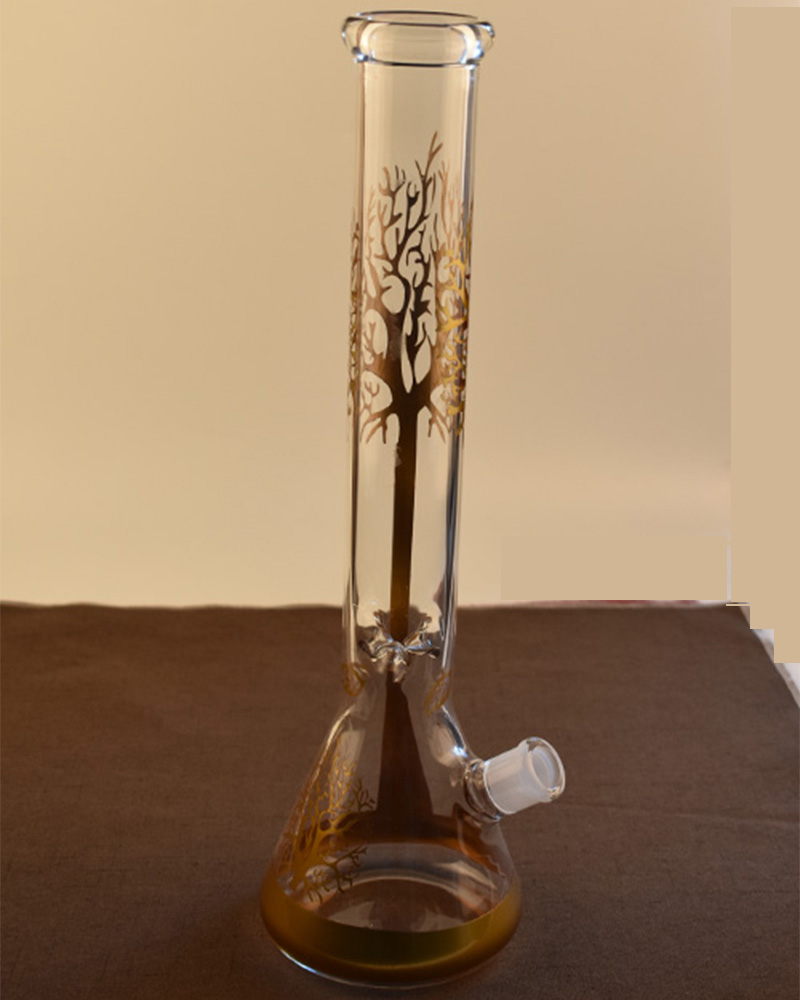News Detail
Glass Expansion and Contraction Experiment: Will It Really Shatter?
Glass, as a material, has always intrigued people with its combination of strength and fragility. One common question is whether glass will shatter when subjected to rapid temperature changes, a phenomenon driven by thermal expansion and contraction. To explore this, scientists and technicians often conduct the so-called “thermal shock experiment.”
When glass is heated, its molecules gain energy and move apart, causing expansion. Conversely, when rapidly cooled, the molecules contract. Ordinary glass has a relatively high coefficient of thermal expansion, which means it struggles to handle sudden temperature swings. For example, pouring boiling water into a regular glass cup may cause it to crack because the inner surface expands quickly while the outer surface lags behind, creating internal stress.
In contrast, borosilicate glass and quartz glass are engineered to withstand such conditions. Borosilicate glass has a much lower thermal expansion coefficient, which makes it resistant to cracking even when exposed to boiling water followed by ice water. Quartz glass performs even better, tolerating extreme temperature differences without shattering. This is why these materials are widely used in laboratories, cookware, and industrial applications where sudden heating and cooling are unavoidable.
The outcome of a thermal shock experiment largely depends on the type of glass being tested. Ordinary soda-lime glass is likely to crack under abrupt temperature change, while borosilicate and quartz glass can endure the challenge without damage.
Thus, the myth of glass “always shattering” under rapid heating or cooling is not entirely true. With the right material, glass can withstand extreme conditions and remain perfectly intact.



